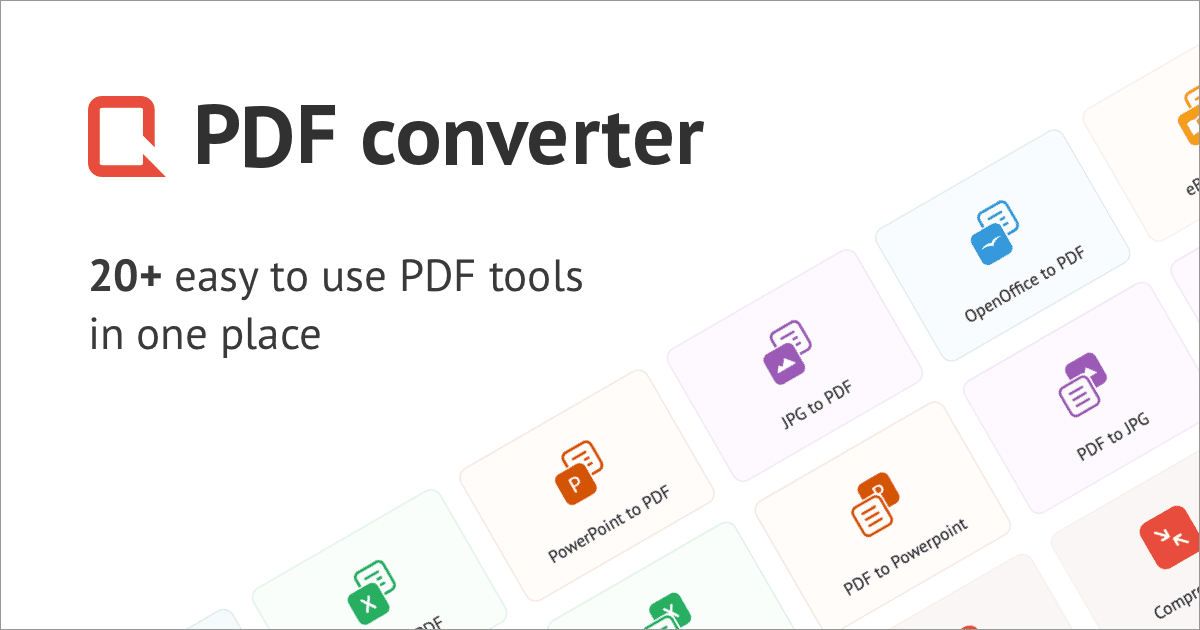Step-by-Step Tutorial: Converting Word to PDF Using Popular Tools
Introduction to Word and PDF Formats
What is a Word Document?
Word documents (.doc or .docx) are files created using Microsoft Word, a widely used word processing software. They are editable and can contain text, images, charts, and more.
What is a PDF?
PDF (Portable Document Format) is a file format developed by Adobe Systems that captures all the elements of a printed document as an electronic image. PDFs are widely used for their ability to preserve the document's layout and formatting.
Popular Tools for Conversion
Microsoft Word
Microsoft Word itself offers a built-in feature to save or export documents as PDFs. This is one of the simplest methods, especially if you're already using Word for your document creation.
Adobe Acrobat
Adobe Acrobat is a premium tool specifically designed for creating and editing PDF files. It provides advanced features and customization options for converting Word documents to PDF.
Online Converters
There are various online platforms available that offer free conversion services. These platforms are user-friendly and can quickly convert your Word documents to PDFs.
Steps to Convert Word to PDF
Using Microsoft Word
- Open your Word document.
- Click on 'File' and select 'Save As'.
- Choose the location where you want to save the PDF.
- From the 'Save as type' dropdown, select 'PDF'.
- Click 'Save'.
Using Adobe Acrobat
- Open Adobe Acrobat.
- Click on 'File' and select 'Create'.
- Choose 'PDF from File'.
- Select your Word document and click 'Open'.
- Save the PDF.
Using Online Converters
- Visit an online converter website.
- Upload your Word document.
- Click 'Convert to PDF'.
- Download the converted PDF file.
Benefits of Converting to PDF
Preserving Document Format
PDFs maintain the original layout and formatting pdf a word of the document, ensuring that it appears the same on any device or platform.
Ensuring Security
PDFs can be password-protected, restricting unauthorized access and ensuring the security of your document.
Tips for Effective Conversion
Checking Compatibility
Ensure that the tool or software you are using is compatible with your operating system and version of Word to avoid any compatibility issues.
Handling Images and Graphics
When converting, pay attention to images and graphics to ensure they are rendered correctly in the PDF.1. Understanding the PDF Format
Before diving into advanced techniques, it's essential to understand the basics of the PDF format:
- Structure: PDFs encapsulate text, images, fonts, and vector graphics in a single file.
- Universality: PDFs can be viewed on virtually any device or operating system without compromising layout or formatting.
- Security: PDFs offer robust encryption and password protection options.
2. Advanced Conversion Tools
While basic conversion tools are suitable for simple tasks, advanced scenarios demand specialized tools:
- OCR (Optical Character Recognition) Software: For converting scanned PDFs into editable text, tools like Adobe Acrobat Pro, ABBYY FineReader, or online platforms like OCR.space can be invaluable.
- Batch Converters: When dealing with multiple files, batch conversion tools such as PDFelement or Adobe Acrobat Batch Processing can save time.
- API-Based Solutions: For integration into custom workflows or software applications, API-based PDF conversion services like PDF.co provide flexibility and scalability.
3. Best Practices for High-Quality Conversions
Achieving high-quality conversions requires attention to detail:
- Maintain Original Formatting: Always prioritize tools and settings that preserve the original layout, fonts, and graphics.
- Resolution and Compression: Adjust resolution and compression settings to balance file size with quality, especially for scanned documents.
- Metadata and Accessibility: Ensure that converted PDFs contain relevant metadata and are accessible to users with disabilities by utilizing tagging and accessibility features.
4. Advanced Strategies for Specific Scenarios
Depending on your requirements, specific strategies may be more effective:
- Interactive Forms: Use tools like Adobe Acrobat to convert static forms into interactive PDF forms with fillable fields, checkboxes, and digital signatures.
- Multimedia Integration: Incorporate multimedia elements such as videos, audio clips, or hyperlinks using advanced PDF editors like Foxit https://www.facepdf.com/ PhantomPDF or Nitro Pro.
- Redaction and Security: Implement advanced redaction tools to securely remove sensitive information and apply encryption or DRM (Digital Rights Management) for enhanced security.
5. Automation and Integration
To optimize workflows, consider automation and integration options:
- Scripting and Macros: Leverage scripting languages like JavaScript within PDF editors to automate repetitive tasks or customize conversion processes.
- Integration with Document Management Systems: Integrate PDF conversion capabilities into existing Document Management Systems (DMS) or Content Management Systems (CMS) for seamless operations.
Conclusion
Converting Word documents to PDFs is a simple process that can be done using popular tools like Microsoft Word, Adobe Acrobat, or online converters. PDFs offer several benefits, including preserving the document format and ensuring security. By following the steps outlined in this tutorial, you can easily convert your Word documents to PDFs and take advantage of the features offered by this widely used file format.
FAQs
- Can I convert multiple Word documents to PDF at once?
- Yes, many tools and software allow batch conversion of Word documents to PDFs.
- Is it possible to edit a PDF after converting it from a Word document?
- Yes, using tools like Adobe Acrobat, you can edit PDFs after conversion.
- Are online converters safe to use?
- Most reputable online converters are safe to use, but it's essential to ensure that you're using a trusted platform.
- Can I convert PDFs back to Word documents?
- Yes, there are tools and software available that allow you to convert PDFs back to Word documents.
- Do PDFs support hyperlinks and bookmarks?
- Yes, PDFs can contain hyperlinks and bookmarks, making navigation easier within the document.

Comments
Post a Comment